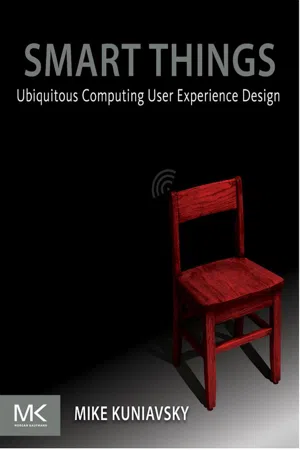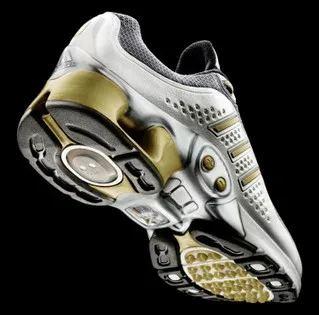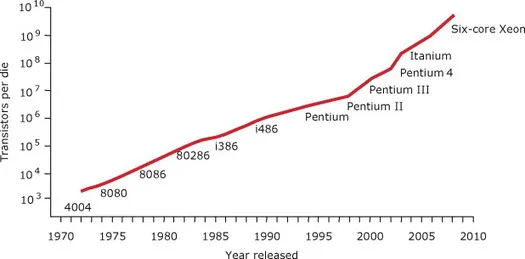
- 336 pages
- English
- ePUB (mobile friendly)
- Available on iOS & Android
About this book
The world of smart shoes, appliances, and phones is already here, but the practice of user experience (UX) design for ubiquitous computing is still relatively new. Design companies like IDEO and frogdesign are regularly asked to design products that unify software interaction, device design and service design -- which are all the key components of ubiquitous computing UX -- and practicing designers need a way to tackle practical challenges of design. Theory is not enough for them -- luckily the industry is now mature enough to have tried and tested best practices and case studies from the field.Smart Things presents a problem-solving approach to addressing designers' needs and concentrates on process, rather than technological detail, to keep from being quickly outdated. It pays close attention to the capabilities and limitations of the medium in question and discusses the tradeoffs and challenges of design in a commercial environment. Divided into two sections, frameworks and techniques, the book discusses broad design methods and case studies that reflect key aspects of these approaches. The book then presents a set of techniques highly valuable to a practicing designer. It is intentionally not a comprehensive tutorial of user-centered design'as that is covered in many other books'but it is a handful of techniques useful when designing ubiquitous computing user experiences.In short, Smart Things gives its readers both the "why" of this kind of design and the "how, " in well-defined chunks.- Tackles design of products in the post-Web world where computers no longer have to be monolithic, expensive general-purpose devices- Features broad frameworks and processes, practical advice to help approach specifics, and techniques for the unique design challenges- Presents case studies that describe, in detail, how others have solved problems, managed trade-offs, and met successes
Frequently asked questions
- Essential is ideal for learners and professionals who enjoy exploring a wide range of subjects. Access the Essential Library with 800,000+ trusted titles and best-sellers across business, personal growth, and the humanities. Includes unlimited reading time and Standard Read Aloud voice.
- Complete: Perfect for advanced learners and researchers needing full, unrestricted access. Unlock 1.4M+ books across hundreds of subjects, including academic and specialized titles. The Complete Plan also includes advanced features like Premium Read Aloud and Research Assistant.
Please note we cannot support devices running on iOS 13 and Android 7 or earlier. Learn more about using the app.
Information
Chapter 1 Introduction

- Ubiquitous computing refers to the practice of embedding information processing and network communication into everyday, human environments to continuously provide services, information, and communication.
- Physical computing describes how people interact with computing through physical objects, rather than in an online environment or on monolithic, general purpose computers.
- Pervasive computing refers to the prevalence of this new mode of digital technology.
- Ambient intelligence describes how these devices appear to integrate algorithmic reasoning (intelligence) into human-built spaces so that it becomes part of the atmosphere (ambiance) of the environment.
- The Internet of Things suggests a world in which digitally identifiable physical objects relate to each other in a way that is analogous to how purely digital information is organized on the Internet (specifically, the Web).
1.1 The hidden middle of Moore’s law

Table of contents
- Cover
- Title Page
- Copyright
- Table of Contents
- Preface
- Acknowledgments
- Part I: Frameworks
- Part II: Techniques
- References
- Index